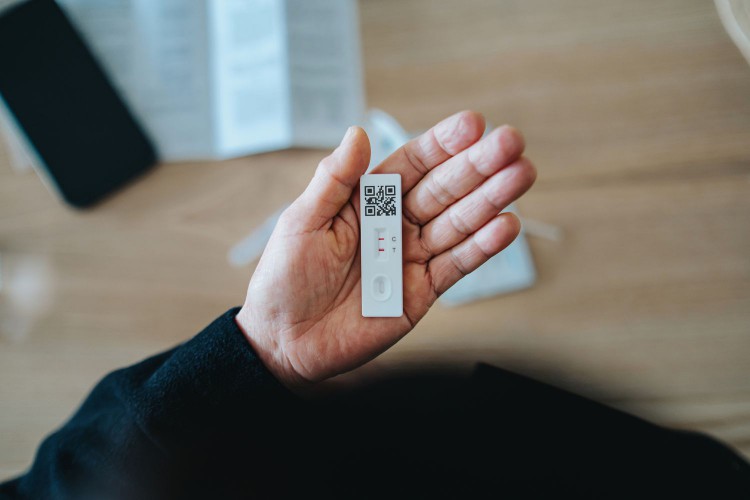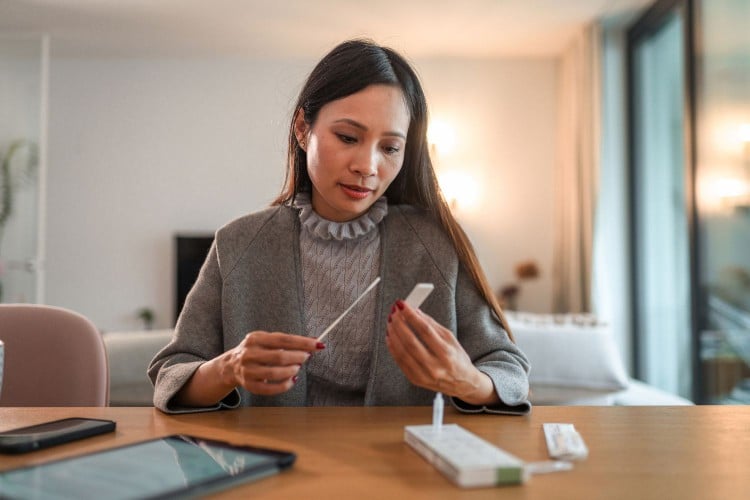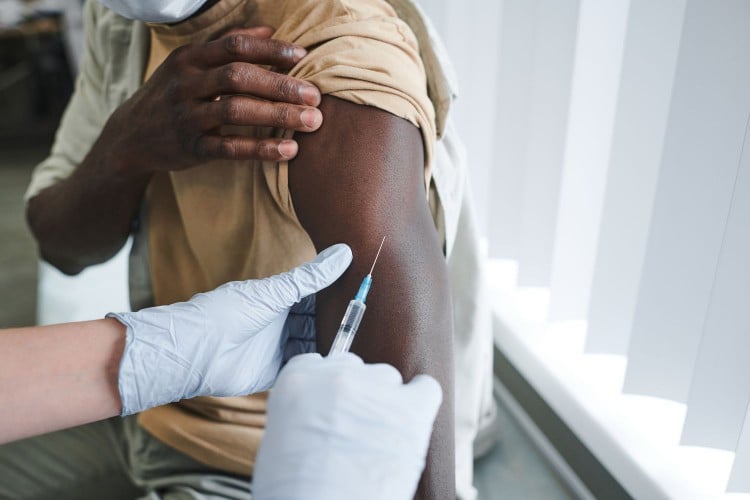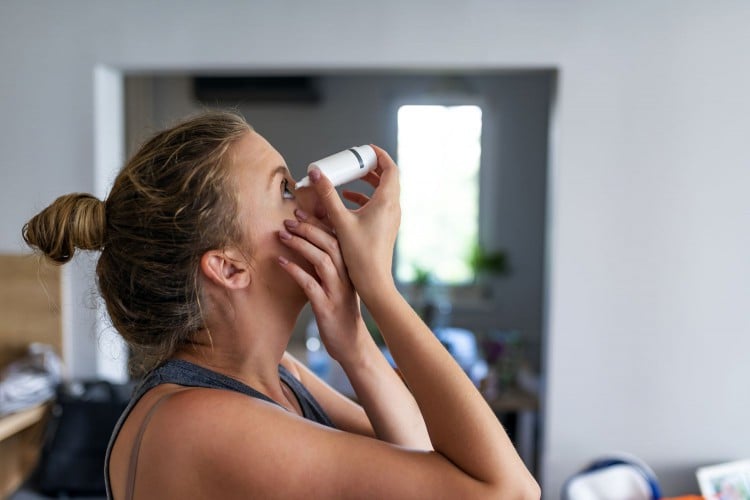- New research found that if your significant other has high blood pressure, chances are you do, too.
- The connection can be largely explained by shared lifestyle habits that contribute to the development of high blood pressure.
- Experts suggest focusing on couple-centered health interventions, including joint monitoring of blood pressure levels and modifying shared lifestyle risk factors.
If your significant other has high blood pressure, there’s a chance you do, too, according to a new study.
High blood pressure or hypertension is often called a “silent killer” because there are often no obvious symptoms to signal something is wrong.
New research, published last month in the Journal of the American Heart Association, aimed to determine if married couples—who tend to have the same interests, living environment, lifestyle habits, and health outcomes—share high blood pressure.
To see just how far the spousal similarities in hypertension reach, researchers examined data from four culturally and socially diverse countries: the U.S., England, China, and India.
“First, a lot of couples in the U.S., England, China, and India both have high blood pressure. This is true for 20% to 45% of couples in these countries,” Chihua Li, DrPH, MPH, a post-doctoral fellow at the University of Michigan and study co-author, told Health.
He explained that, secondly, if a spouse has high blood pressure, the other spouse likely will as well.
However, the study findings do not indicate the severity of hypertension is the same among significant others. This means one spouse may be experiencing more or less severe high blood pressure.
“Also, couples in China and India are more likely to both have hypertension compared to couples in the U.S. and England,” Li explained.
Nevertheless, the study authors indicated that knowing the prevalence of high blood pressure within couples presents a promising opportunity to design interventions for disease management.
Here’s how a spousal relationship may impact hypertension risk, as well as how couples can reduce this risk together.
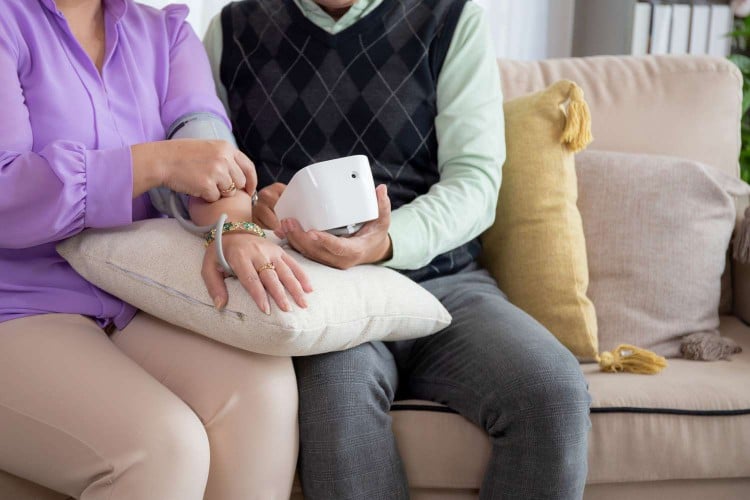
Getty Images / narith_2527
Blood Pressure Similarities in Couples Differs Across Countries
This is the first study of its kind to examine data from both high- and middle-income countries.
“There are two reasons why the prevalence of concordant hypertension among couples is higher in the U.S. and England,” Li told Health.
“First, the U.S. and England have completed epidemiological transition decades ago while China and India are experiencing epidemiological transition,” he said.
Epidemiological transition refers to the changing patterns of population age distributions, mortality, fertility, life expectancy, and causes of death.
According to Li, epidemiological transition explains the shift in patterns of mortality and disease from infectious and acute disorders to chronic and degenerative diseases, which are mainly influenced by the level of economic development.
The other reason is that participants in the U.S. and England were, on average, several years older than participants in China and India—and hypertension prevalence increases with age, he explained.
“Much of hypertension is driven by lifestyle factors including smoking, inactivity, excess weight, non-restorative sleep, stress, caffeine intake, alcohol consumption, and high-sodium foods,” she said.
She explained that people who cohabitate and share common environments are more likely to experience similar levels of these drivers of hypertension. Since many of these risk factors are more prevalent in the U.S. and England, the prevalence of hypertension concordance would be expected.
What Is a Healthy Blood Pressure Reading—And How Can You Keep Yours in a Normal Range?
Expert Strategies for Couples Looking to Reduce Risk
“Our study highlights the importance of having health-related conversations with partners and using mutual influence and shared approaches for better hypertension management,” Li told Health.
He explained that couple-centered strategies for diagnosis and management have the potential to have a significant impact. Strategies to consider include joint monitoring, exercise programs, and shared lifestyle changes.
Klodas noted that hypertension is not a natural condition simply to be expected with aging.
“If both you and your spouse have hypertension, that should be a red flag that you share some lifestyle commonalities that are counterproductive to your health,” she told Health.
But, this red flag can serve as a warning sign and prompt action.
“The big bonus is that if you modify how you live to improve blood pressure readings, you will also be helping to improve your cholesterol numbers, blood sugar levels, and weight,” Klodas said.
And, if you and your spouse share the same condition, it may be easier to work together toward a resolution.
“Having a spouse also interested in making positive changes provides you with reciprocal accountability and a cheering section all-in-one,” Klodas said.
She recommends certain lifestyle approaches to yield expected systolic (top number) blood pressure reductions, including:
- Losing weight: 5–20 mmHg decrease per 20 lbs weight lost
- Eating a healthful diet: 8–14 mmHg decrease
- Reducing sodium: 2–8 mmHg decrease
- Regular physical activity: 4–9 mmHg decrease
- Reducing alcohol consumption: 2–4 mmHg decrease
All of this combined could result in anywhere from a 20 to 55 mmHg BP drop by simply making some changes in how you both live, Klodas explained.
She defines a healthful diet as one that is high in fruits, vegetables, leafy greens, whole grains, nuts, seeds, lentils, and beans.
“By the way, you don’t have to be perfect,” she said. “You just have to be better.”





